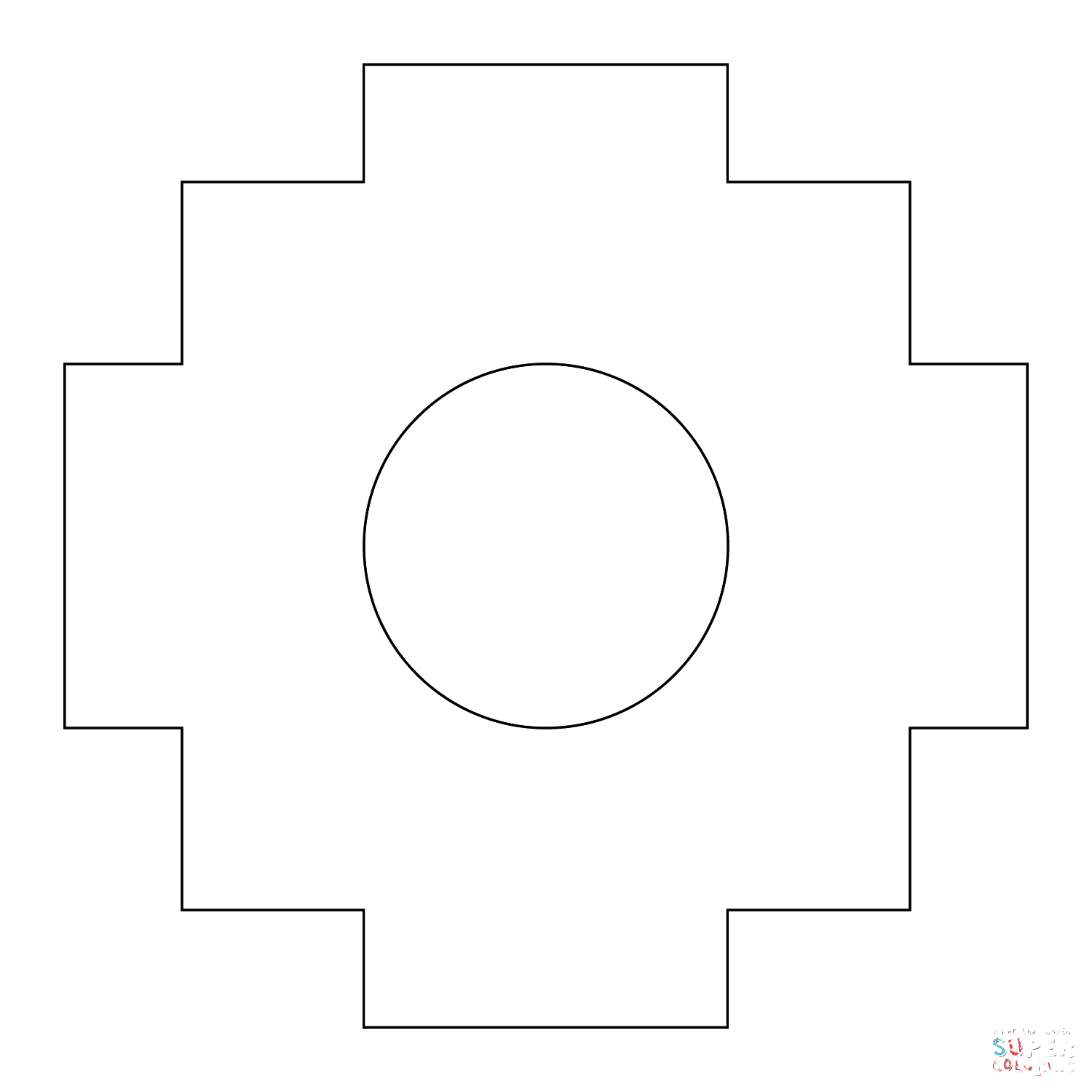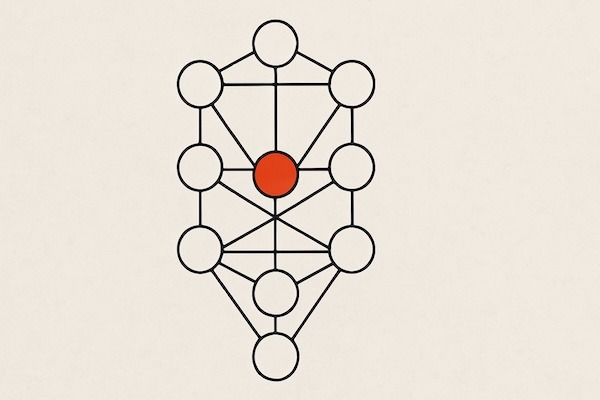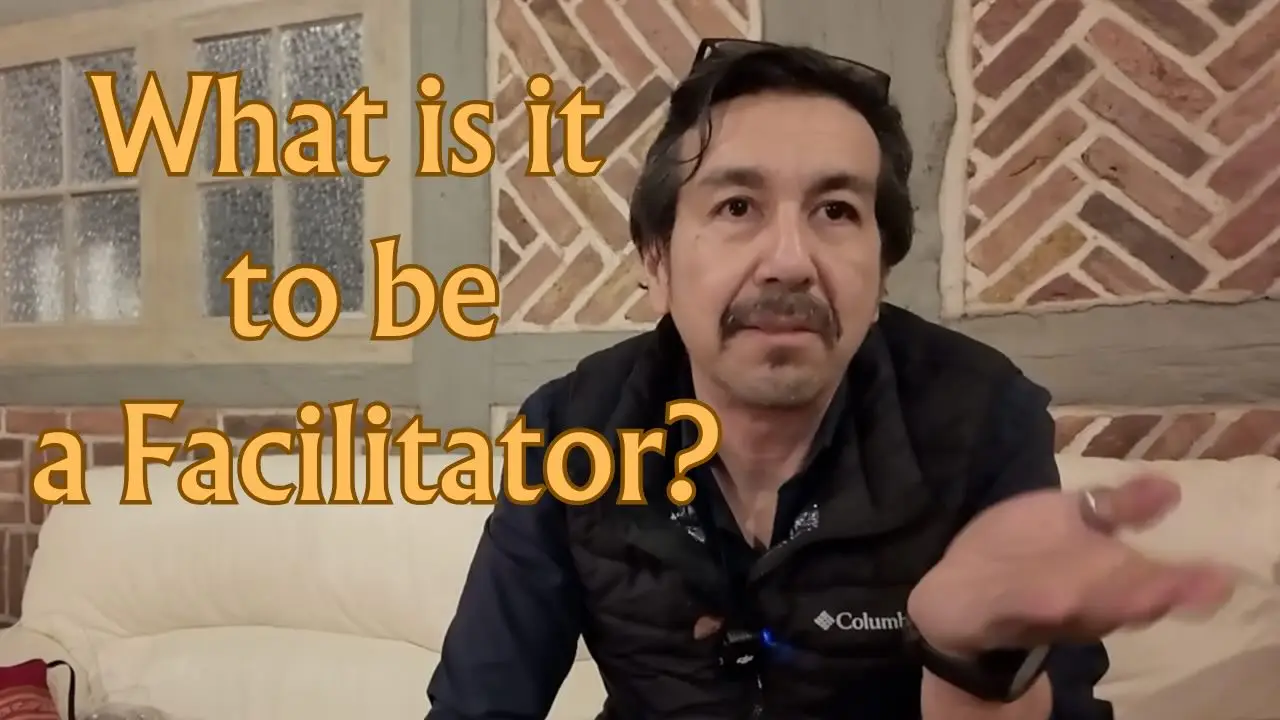In the mystical tradition of Kabbalah, the Tree of Life is more than a cosmological map — it is a profound model of the human psyche and spiritual evolution. Each of its ten spheres, or sephirot, represents a dimension of consciousness. Yet when these inner energies become distorted, they give rise to what Kabbalists call the klipot — shells, husks, or psychic distortions that conceal the soul’s light.
Mario Saban’s monumental work Sod 22 explores these concepts through a psychological lens, revealing how each sephirot may express itself in either a balanced or unbalanced form. These unbalanced expressions — the klipot — are not evil per se, but represent disconnections, inflations, or rigidities within our inner world. Understanding them offers a powerful path of self-awareness and transformation.
Let’s explore each sephirot and its corresponding klipá through psychological examples.
1. Keter – Divine Will and the Trap of Spiritual Inflation
Sephirah Quality: Transcendence, pure potential, divine will.
Klipá: Spiritual arrogance, messianic complex.
Example: A spiritual teacher who believes they are beyond human error, seeing themselves as an ultimate authority — immune to criticism and above ethical accountability. This is Keter hijacked by ego.
2. Chokhmah – Intuitive Wisdom and Unanchored Inspiration
Sephirah Quality: Insight, sudden revelation.
Klipá: Chaotic thought, mystical disintegration.
Example: Someone who receives powerful visions or intuitive downloads but lacks discernment or structure — leading to confusion, disorientation, or even psychotic breakdowns. Chokhmah without Binah becomes ungrounded.
3. Binah – Structure and the Rigidity of Overcontrol
Sephirah Quality: Understanding, mental organization, discernment.
Klipá: Dogmatism, over-intellectualization.
Example: A person who suppresses all emotional spontaneity in favor of logic and order, obsessively categorizing life into rigid systems. The cost is emotional numbness and disconnection from the heart.
4. Chesed – Love and the Danger of Boundaryless Giving
Sephirah Quality: Lovingkindness, generosity, expansion.
Klipá: Codependency, invasive love.
Example: A caregiver who sacrifices all personal needs for others, unable to say no. Their giving becomes a form of self-neglect and often, covert control. Love without boundaries becomes smothering.
5. Gevurah – Discipline and the Pathology of Control
Sephirah Quality: Strength, discernment, healthy limits.
Klipá: Harshness, punishment, repression.
Example: A parent or leader who equates discipline with dominance. Their presence inspires fear rather than respect. Gevurah loses its soul when it forgets compassion.
6. Tiferet – Harmony and the Illusion of Narcissistic Idealism
Sephirah Quality: Inner beauty, inner self, integration, truth. I know who I am, I know what I want, I understand my purpose.
Klipá: Vanity, spiritual pride, image fixation.
Example: A person obsessed with appearing centered or “perfect” while hiding unresolved inner conflict. They may speak eloquently about love and wholeness while being blind to their own shadow.
7. Netzach – Drive and the Shadow of Manipulation
Sephirah Quality: Victory, endurance, action.
Klipá: Ambition without ethics, control through charm.
Example: A motivational speaker or entrepreneur who prioritizes winning at all costs, using charisma to dominate or manipulate others, rather than inspire.
8. Hod – Sincerity and the Collapse into Pleasing
Sephirah Quality: Humility, emotional communication.
Klipá: Self-erasure, submission.
Example: A helper or empath who constantly downplays their truth to avoid conflict. Their voice disappears under the pressure to conform or please — a hollow echo of their real self.
9. Yesod – Connection and the Seduction of False Identity
Sephirah Quality: Foundation, sexual and emotional bridge.
Klipá: Deceit, compulsive seduction, emotional dependency.
Example: A person who becomes whoever others want them to be — the “perfect partner” or the “ideal employee” — while secretly losing touch with who they really are.
10. Malkhut – Presence and the Abyss of Existential Emptiness
Sephirah Quality: Sovereignty, embodiment, manifestation.
Klipá: Meaninglessness, spiritual disconnection.
Example: Someone who has achieved material success but feels empty inside, lacking purpose or sacred alignment. They appear outwardly grounded but are inwardly lost.
The Path of Integration
The tree of life klipot are not enemies to be destroyed, but distortions to be understood. They emerge when we over-identify with one part of the Tree and sever it from the whole.
True healing comes when we reintegrate — when Gevurah listens to Chesed, when Binah opens to Chokhmah, and when Tiferet returns to Keter. This is the journey of spiritual maturity: not to escape the klipot, but to transmute them.
As Sabán writes, “Each sephirah holds the seed of its own distortion. The path is not to deny them, but to bring them into conscious light, so the Tree of Life can bloom again within us.”
Reflection Questions for the Reader:
- Which sephirah do you resonate with most?
- Where do you notice distortions or imbalances in your life?
- How can you begin to bring more integration and dialogue between the different parts of your Tree?
If you are a seeker, therapist, or facilitator walking the path of inner transformation, the Tree of Life is not just a symbol — it is a map to guide the sacred return to wholeness.







